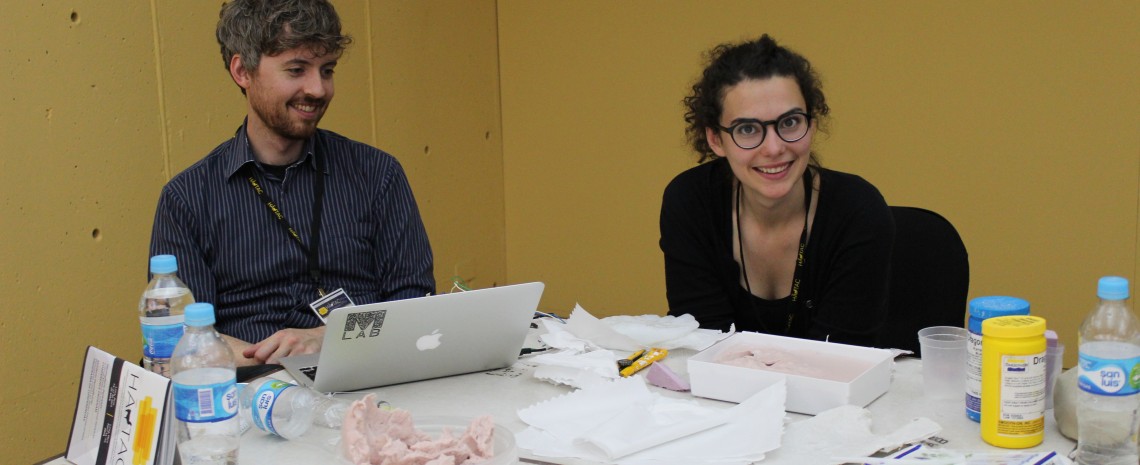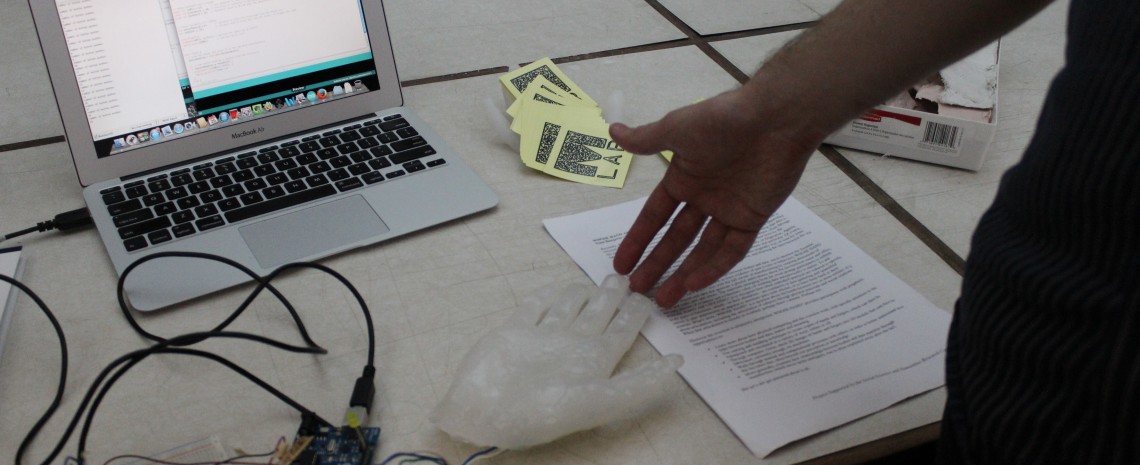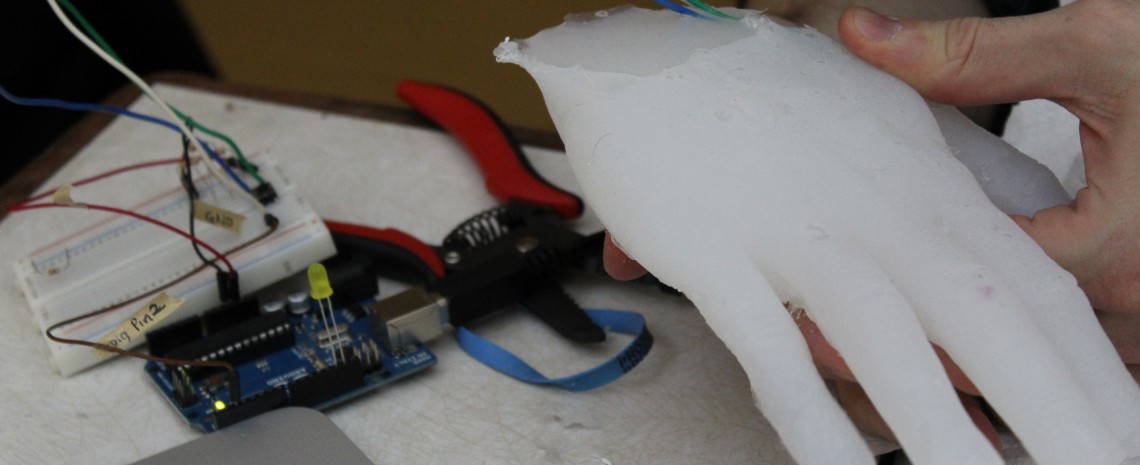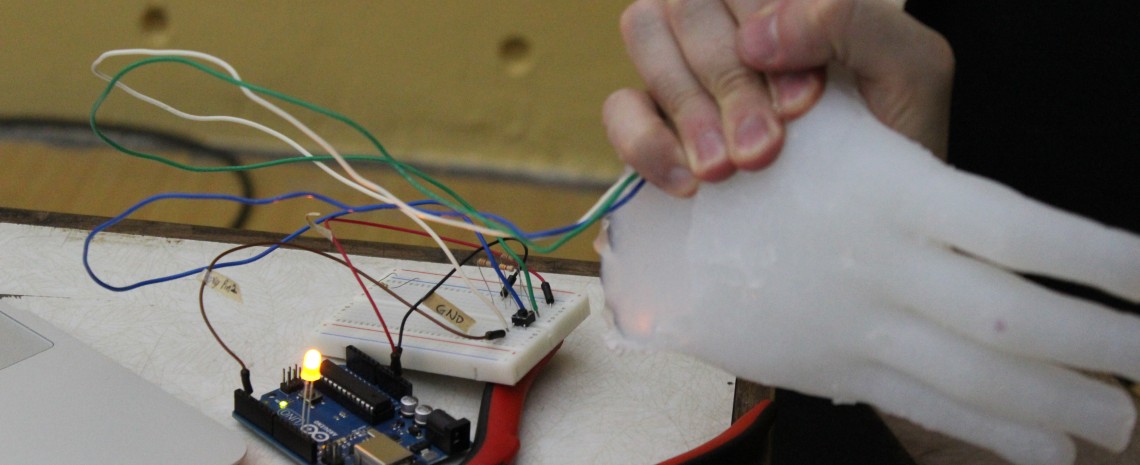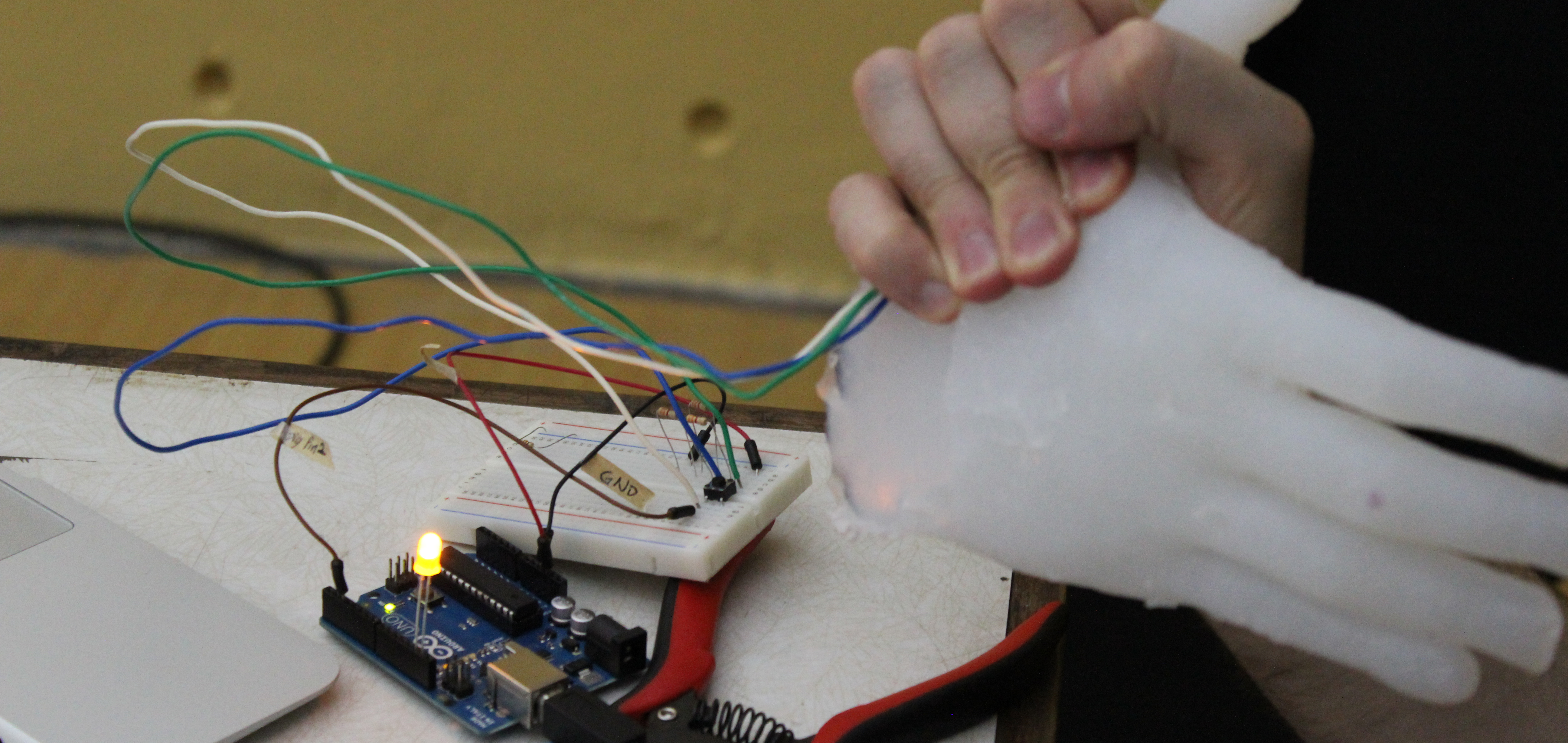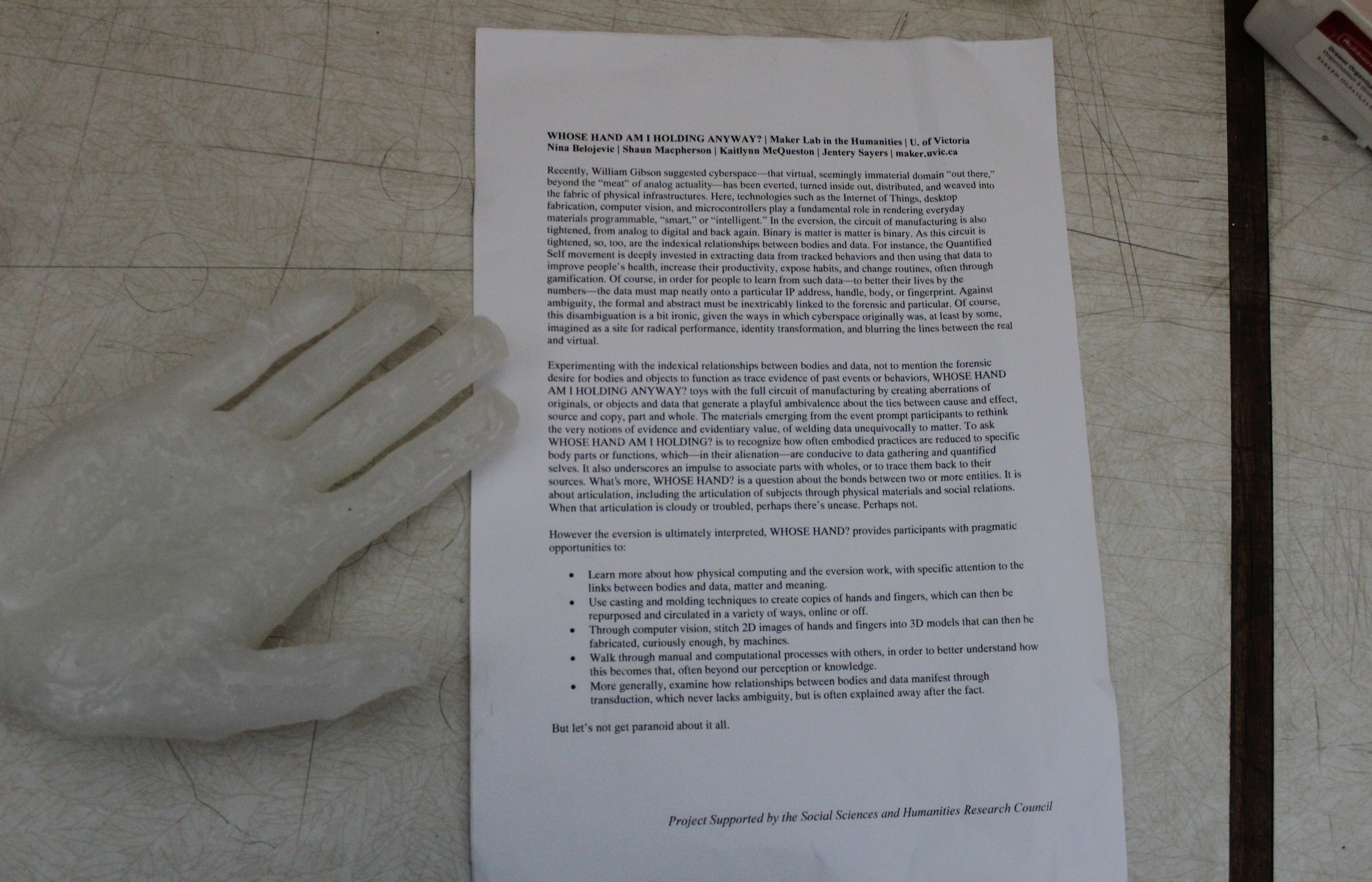Earlier this year, four of us traveled to Peru to attend HASTAC 2014 at the Ministry of Culture in Lima. Aside from the impressive conference setting at El Museo de la Nación (the Museum of the Nation), the conference also boasted numerous insightful talks in Spanish and English, including keynotes by V. Sherry Tross (Executive Secretary for Integral Development, Organization of American States), Luis Jaime Castillo Butters (Vice Minister for Cultural Heritage and Cultural Industries, Peru), Mitchell Baker (Chairperson, Mozilla Foundation), Connie Yowell (Education Director, MacArthur Foundation), José-Carlos Mariátegui (Founder of Andean High Technology; Co‐Founder and Director of Escuelab), and Maryse Robert (Director, Department of Economic and Social Development, Organization of American States). We had a stellar time in Lima, visiting various parts of the city, mingling with the HASTAC crew, and giving a talk about our Kits for Cultural History project. In addition to attending many wonderful talks, we set up a makerspace, which gave us a chance to meet and engage in conversations with many conference attendees.
The admittedly experimental theme of the popup makerspace was, “Whose Hand Am I Holding Anyway?” We used the space’s temporary infrastructure to draw public attention to the intricate relationships between bodies, data, immediacy, and distance in a “global” digital economy. We first cast hands in plaster and then—with anyone who stumbled upon the space—created silicon proxies of those hands. The proxies were embedded with sensors, and later in the conference we wrote an Arduino sketch to not only log when the sensors were triggered but also display messages via a serial readout. Conference participants could shake hands with these rather defamiliarizing proxies, an often amusing encounter that was immediately confirmed on a screen in the space. The handshake data was then logged so that we’d know, by the conference’s conclusion, how many people the proxies had “met.”
We also used the proxies to teach Arduino-based programming and “hands-on” prototyping, having a bit of fun with the hand as a fetish in maker communities. These creative activities also became opportunities to have some fascinating and lively conversations with people from around the world, including various regions of Peru, about the Internet of Things, data surveillance, the politics of making, material culture, and—more generally—the abstraction of data from bodies and social relations.
In short, our makerspace demonstration sought to provide a simplified example of how—as our behaviours are tracked, logged, and rendered value-productive across “intelligent” networks of communication—our very understanding of bodies and their edges is muddled. This scenario is cause for both fascination and concern.
Post by Nina Belojevic, Shaun Macpherson, Katie McQueston, and Jentery Sayers, attached to the Makerspace and HASTAC projects, with the news, fabrication, and physcomp tags. Images for this post care of Nina Belojevic, Shaun Macpherson, Katie McQueston, and Jentery Sayers.

